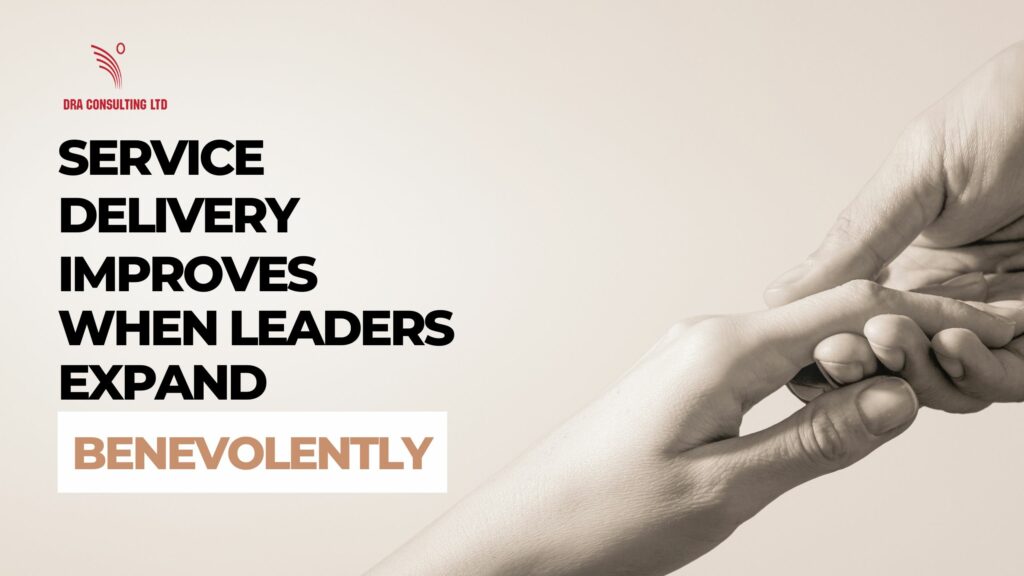Have you noticed that many leaders put more effort into expanding their technical skills, than into expanding their skills of benevolence? It’s possibly less arduous a task to focus on black and white skills, than to focus on skills of technicolour. The former skills comprise those that are technical, procedural and measurement-friendly, whilst the latter comprise those that fall into the social, engagement and human interaction categories.
This weighting of skills has worked for a pre-existing generation that has been black and white. Come to work, work hard, climb the ladder of success on the basis of hard work and repeat this cycle to retirement. Well, there’s a couple of new generations in town and they think, act and behave in technicolour. They have “gig” lives as entrepreneurs and their core values include control over their own time, independence and living life on their own terms.
So, for leaders who lead modern-day workforces that are diverse, multi-generational and evolving, technicolour skills are mandatory for two important reasons. Firstly, to grease the wheels of workplace harmony and secondly, to act as the backbone for building exceptional internal customer experience and internal service excellence.
I am a passionate advocate of internal service excellence being equally important and even more important, in some cases, than external service excellence. What happens on the inside of a business, becomes the blueprint for what happens on the outside.
Technicolour skills fall under the ambit of skills of benevolence and include core practices of empathy, engagement, compassion, kind-hearted-ness, charity, unselfishness and goodwill.
As I mentioned earlier in this article, technicolour skills fall under the ambit of skills of benevolence and include core practices of empathy, engagement, compassion, kind-hearted-ness, charity, unselfishness and goodwill. If these core practices are vigourously embraced as central to the culture of a business, I can guarantee, (well almost), that service delivery and customer experience will flourish.
Enlightened leaders can use this intelligence to their advantage, by making the infusion of benevolence throughout the business, a strategic priority. One caution though. This infusion has to be executed with care. If leaders are rough, coarse and strangers to skills of engagement and human interaction, the results can range from off-putting, to downright offensive.
Benevolent behaviour has not been a highly marketable commodity at leadership levels. Until now. There’s an interesting phenomenon happening though, where leaders are attending workshops and reading books on the skills of benevolence, then attempting to “bolt on” these skills.
Benevolent behaviour has not been a highly marketable commodity at leadership levels. Until now.
I don’t have to tell you that this is a prescription for disaster. Instead of opting for this performative benevolence that has zero stickiness, a more authentic way would be to “build in” the skill. By this I mean drip feeding oneself into “becoming benevolent” as opposed to treating benevolence as a quick, “bolt on,” commercial activity.
One powerful way in which a leader can jump-start the development of skills of benevolence, is simply by cultivating “respect for everyone” as a central value by which he or she lives. When respect is a “lived value” for an individual, everyone is treated as if he or she matters. This has tremendous value for building an employee community that, in turn, has to demonstrate to customers that they matter. The blueprint inside, becomes the footprint outside.
Disrespectful behaviour has to become a “deal-breaker” for enrollment of recruits into the leadership club and, having been enrolled, the ability to sustain respectful behaviour should be a metric for retaining club membership.
As workplaces continue to evolve, what becomes more and more discernible, is that competitive advantage has to be gained firstly, on the inside of the business, before any kind of advantage can be won in the customer’s universe.
Benevolence is that skill in the margin that mediates tactics and technical strategy. Time and time again, history shows that the business leaders who have been fit for the purpose of leading their teams to greatness, have been those who placed a high value on co-creating a meaningful employee experience.
One of the lessons from benevolent leadership, is that winning at the tactical level is not the only measure of success. One has to win at the human level as well. This is more than just a philosophy, it is a strategy for building a line of sight from human wins on the inside, to customer wins on the outside.
As workplaces continue to evolve, what becomes more and more discernible, is that competitive advantage has to be gained firstly, on the inside of the business, before any kind of advantage can be won in the customer’s universe.
This brings to my mind the question of how many leaders have figured out that a truly differentiated customer experience means that both internal and external customers have to be beneficiaries.
I guess we’ll just have to keep an eye on their benevolence expansion progress.

